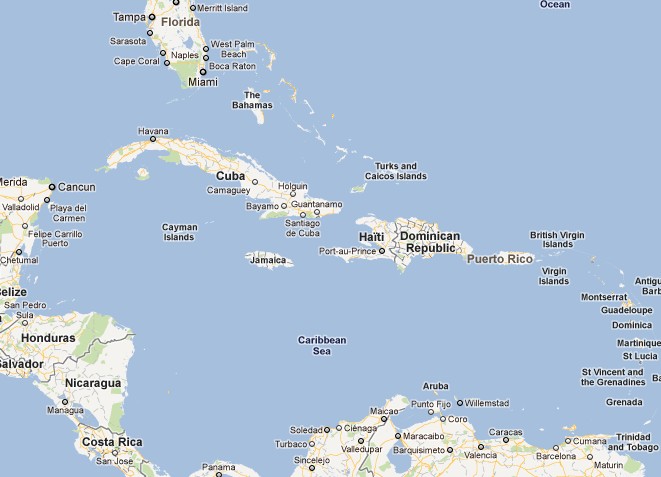 From SCISSION: In the Dominican Republic the government has apparently decided to go ahead and clean up any misconceptions about the genocide of the indigenous people of the island. A new law simply makes clear no Taino Indians will exist from now on. Having exterminated 98% of the Taino since the arrival of those glorious white Christians to the western hemisphere, I guess they figure why not just announce the job is finished. You see the Dominican Republic is one of those countries that require you carry an identity card. Under a newly proposed law you are allowed to be “mulatto”, black, or white. That’s it. Uh, there are still a few of those pesky folks hanging out, who really don’t fit into the government’s color schema. Why are they doing this? Why would anyone have to carry an identity card describing their “race” anyway? You tell me.
From SCISSION: In the Dominican Republic the government has apparently decided to go ahead and clean up any misconceptions about the genocide of the indigenous people of the island. A new law simply makes clear no Taino Indians will exist from now on. Having exterminated 98% of the Taino since the arrival of those glorious white Christians to the western hemisphere, I guess they figure why not just announce the job is finished. You see the Dominican Republic is one of those countries that require you carry an identity card. Under a newly proposed law you are allowed to be “mulatto”, black, or white. That’s it. Uh, there are still a few of those pesky folks hanging out, who really don’t fit into the government’s color schema. Why are they doing this? Why would anyone have to carry an identity card describing their “race” anyway? You tell me.
The following is from Intercontinental Cry.
Dominican Republic: Proposed Legislation Would Erase Indigenous Peoples
Dominican Legislation Eradicates ‘Indians’
echnicians drafted the legislation to reform Electoral Law 275-97, and will be debated by the JCE prior to being submitted to Congress in the next few days.



More Stories
AT LEAST ONE OF THE COPS WHO KILLED EZELL FORD HAS STRUCK BEFORE
PEOPLES' MONDAY HONORS FALLEN VICTIMS IN NYC
PA STATE REP: 'A WHITE NATIONALIST…IS A LOT DIFFERENT THAN A WHITE SUPREMACIST'